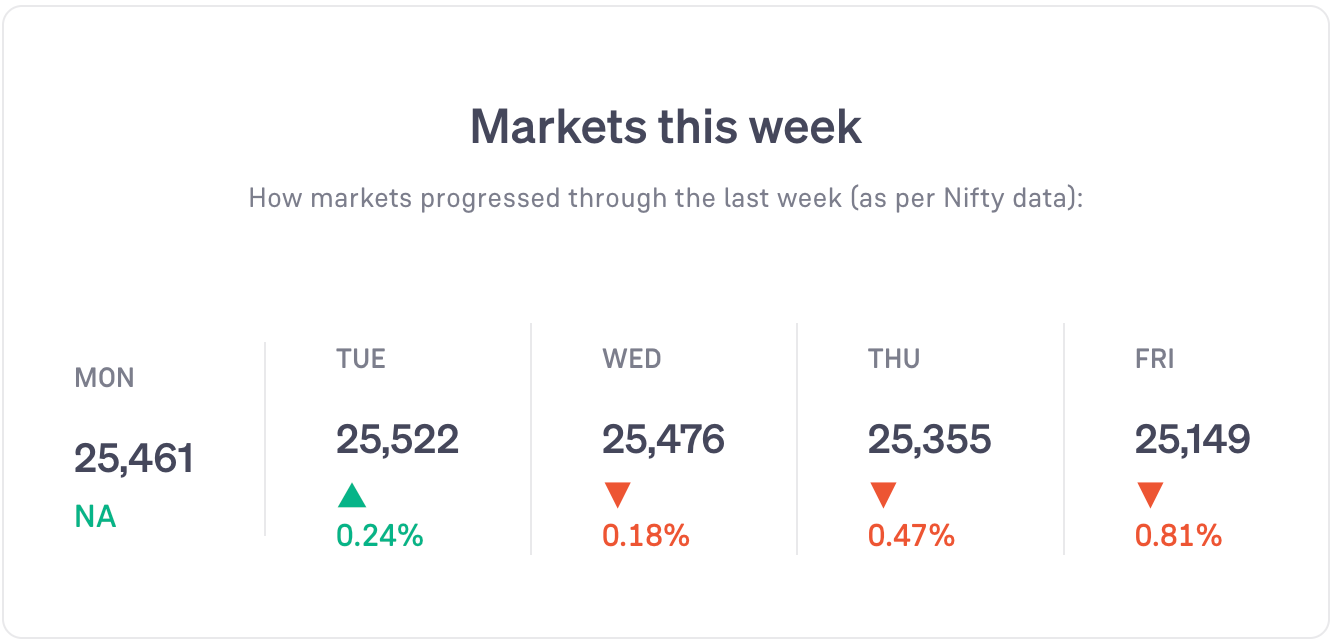Jonathan was only 16-years old.
He had started investing in stocks at the age of 13.
The young boy reverse-engineered elements of buying big and selling big during the Dot Com boom of the late 1990s.
Noticing his knack for picking good stocks, his parents decided to support him in his new-found interest.
After seeing some respectable successes, his gaze turned towards more ‘lucrative’ strategies.
He got into investing in penny stocks – he thought they had greater potential to earn big money.
According to Jonathan, he spent a lot of time reading up annual reports of companies to find businesses that were priced too low.
He bought large chunks of shares of small companies.
According to him, these companies had immense potential. They were hidden gems. And they were bound to give returns in hundreds if not thousands of dollars.
Now, he was a small-time investor. In most cases, he might not have had enough money to cause the price to change much.
But still, you need less effort to change the price of smaller companies.
Back then, internet chat forums were a new phenomenon. Thousands of people were starting to use the internet. They were exploring new interests.
Many gullible people were trying to make a quick buck on the stock markets.
Jonathan joined a few of these chat rooms.
There, he posted the names of stocks he held – and why he felt they would shoot up. Some reports suggested he created fake accounts and posted using many different names.
He was able to rally enough people to get interested in these stocks. As more money poured into these stocks, the share price started rising.
As the share price rose, more investors noticed the shares – and decided to get in. Seeing that, even more people buy the share.
At this point, he decided to sell and exit.
This was not a problem because even though he had a big holding in these companies’ shares, there were enough buyers trying to buy the stock.
His exit was barely noticed.
By the time people noticed that the companies they bought were not doing that well, Jonathan had long sold off his shares.
Now, these investors also start panicking and selling shares.
The share price starts falling sharply.
Many investors who invested in these stocks lost their money.
He managed to cause the price to increase – sell at a high point – and exit before the price fell.
Pump and dump.
The SEC had been tracking Jonathan’s account for around 2 years. They decided to charge him for stock manipulation.
After some back and forth, Jonathan decided to settle the case with the SEC. He paid a fine of $285,000.
According to some sources, he made around $800,000 from this ‘manipulation’.
How Price is Moved
Those who track the markets closely are looking for signals.
Warren Buffett – the investing God of our generation – is out shopping.
And nobody knows which stock he is buying.
Investors with more money than $100 million are required to disclose their moves soon after the quarter closes.
So, whichever stocks they are selling or buying becomes known publicly.
And given his track record, everyone likes to know what Warren is buying and what he is getting rid of.
Thousands of people visit his shareholder meetings to listen to him preach about stocks.
Warren is not known to buy or sell very often. His favourite period for holding a stock is “forever.”
So when there’s an activity by him, everyone is watching.
But there’s a provision in the regulations. If a large investor wants, they can request to not reveal their buy/sell list. It is a way to delay publicly revealing their activity.
He just used this option. Which means, he’s buying something. And everybody can only guess which stock he’s buying – for now.
Why is he allowed to defer publishing this information?
Trouble While Buying
Investors like him have a peculiar problem we regular investors will almost never face. Size.
They are very big. If they start buying any share in the markets, the sheer demand created tends to push the price up.
Which can make it nearly impossible for them to buy a stock.
You want to buy a stock at Rs 100 with the aim to sell at Rs 120. But what if your own buying causes the share price to rise to Rs 130? Where’s the profit in that?
This is why large investors can never buy in one shot. They try to spread it out – buy slowly over days or even weeks.
If you have as much money to invest as Warren Buffett, you might take months.
If he reveals which stock is being bought in between, everyone will rush to buy the same stock and his advantage will be gone.
So they are allowed to delay reporting their buying activity for some time.
Trouble While Selling
And yes, as you would guess, the same problem applies while selling shares.
Big investors selling can trigger the share price to fall. Again, this is why big investors sell over days, weeks, or months.
One classic example of this is the case of investor Carl Icahn and Mylan stock.
In 2005, he wanted to sell shares of this company. Him merely announcing that he would sell caused the share price to drop by around 5%.
Other investors feared the share price would crash because he would sell. So they started selling too. The avalanche just got bigger.
This is why large investors can’t just buy/sell like we individual investors can.
Size Matters
This problem plagues all big investors. It actually depends on the number of shares available on the share markets.
If you are buying a big percentage of the total shares, you can move the price easily.
For most large companies, the number of shares is just too large. So regular investors are barely able to move the share price. You can buy or sell shares easily.
In case of smaller companies’ shares, this is easier.
The smaller the company, the easier it can be to move its price.
And if you’re Warren, you can practically move even the biggest stock’s price.
There’s a subtle detail that investors should know here.
Yes, big companies’ share price is difficult to move. Smaller companies’ share price is easier to move.
But it isn’t just fully dependent on the company’s size. It depends on the number of shares available on the share markets – the trading volume.
Even in the case of very large companies, if only a few shares are trading on the markets, it can be easier to influence its price by buying/selling.
Usually, this does not happen. Usually, the trading volume of big companies is high and smaller companies is low.
Signs of Pump & Dump
Elements of this problem can be used by bad actors to cheat gullible investors – with a little bit of tinkering.
There’s nothing new about pump and dump. It happens. It has happened in one form or another for centuries.
There are a few ways to spot a pump-and-dump operation.
The first sign is when the price is shooting up fast.
Why? What’s causing the rise?
If the rise is only fueled by the buying of shares by investors – one should be careful.
Investing should never be about jumping on a trend and exiting before the price falls.
Another question: how easy is it to move the price?
Is it a very small company or the trading volumes are very small?
If it is easy to manipulate the price, someone will attempt to manipulate the price.
Is someone or some party trying to justify the price rise? How valid is the justification? What is the track record of this person like?
Or, are too many people talking about it without a plausible explanation for it?
The lesson remains the same: if it seems too good to be true, it probably is.
Quick Takes
+ Automobile retail sales rose 4.84% year-on-year to 20 lakh units in June. 2-wheeler rose 4.73%, 3-wheeler rose 6.68%, commercial vehicle rose 6.6%, and passenger vehicle sales rose 2.45%: FADA.
+ Jindal (India) received Odisha government's approval for a new Rs 3,600 crore steel plant to produce 9.6 lakh metric tonnes steel products annually by 2027.
+ NSE International Exchange (NSE IX) will launch its first foreign-currency equity listing this quarter at GIFT City, to enable unlisted firms based in India or outside to raise global capital: CEO, V. Balasubramaniam.
+ MHADA signed an agreement with Adani Group to redevelop Motilal Nagar in Goregaon, Mumbai, providing 1,600 sq ft apartments over a 142 acre development area.
+ Starlink received approval from India's space regulator, IN-SPACe, to operate commercial satellite broadband services in the country. The company can now proceed to get further approvals and buy spectrum from the government.
+ Equity mutual funds saw a net inflow of Rs 23,587 crore in June (vs Rs 19,013 crore in May). Debt mutual funds saw a net outflow of Rs 1,711 crore (vs Rs 15,908 crore in May). Total number of SIP accounts rose 2.3% annually to 9.19 crore (amounting to Rs 27,269 crore).
+ China’s annual inflation rate rose to a positive value of 0.1% in June, compared to -0.1% in May.
+ Crizac IPO got listed on the stock market at a 14.71% premium over its issue price.
+ RBI proposed new rules for transferring OTC derivative contracts that require proper consent, fair pricing, and a three-party agreement. OTC (Over-the-Counter) derivative contracts are financial agreements traded privately between 2 parties, rather than through a regulated exchange.
+ The central government launched its first-ever e-Truck Incentive Scheme, offering up to Rs 9.6 lakh per vehicle in incentives for electric trucks.
+ India’s forex reserves fell by $3.04 billion to $699.74 billion in the week that ended on 4 July.
+ Inox Clean Energy filed a confidential Draft Red Herring Prospectus (DRHP) with SEBI to raise Rs 6,000 crore through an IPO.
+ The UK’s annual GDP growth rate fell to 0.7% in May, compared with 1.1% in April.
6-Day-Course
Theme of the week: Warren Buffet’s checklist
Question 1:
What is one of the first things Warren Buffett looks for when evaluating a business?
-Market share
-Simplicity of the business
-Product or services pricing
Question 2:
Warren Buffett prefers companies that require highly specialized management to operate successfully.
-True
-False
Question 3:
What does Warren Buffett focus on the most when deciding if a stock is worth buying?
-PE ratio
-Past performance
-Future potential
Question 4:
Which of the following can be considered a moat, according to Warren Buffett?
-Brand value
-Low number of employees
-Low prices
Question 5:
Warren Buffett considers free cash flow reliable for evaluating a company.
-True
-False
Answers:
Q1: Simplicity of the business
Q2: False
Q3: Future potential
Q4: Brand value
Q5: True
The information contained in this Groww Digest is purely for knowledge. This Groww Digest does not contain any recommendations or advice.
Team Groww Digest







